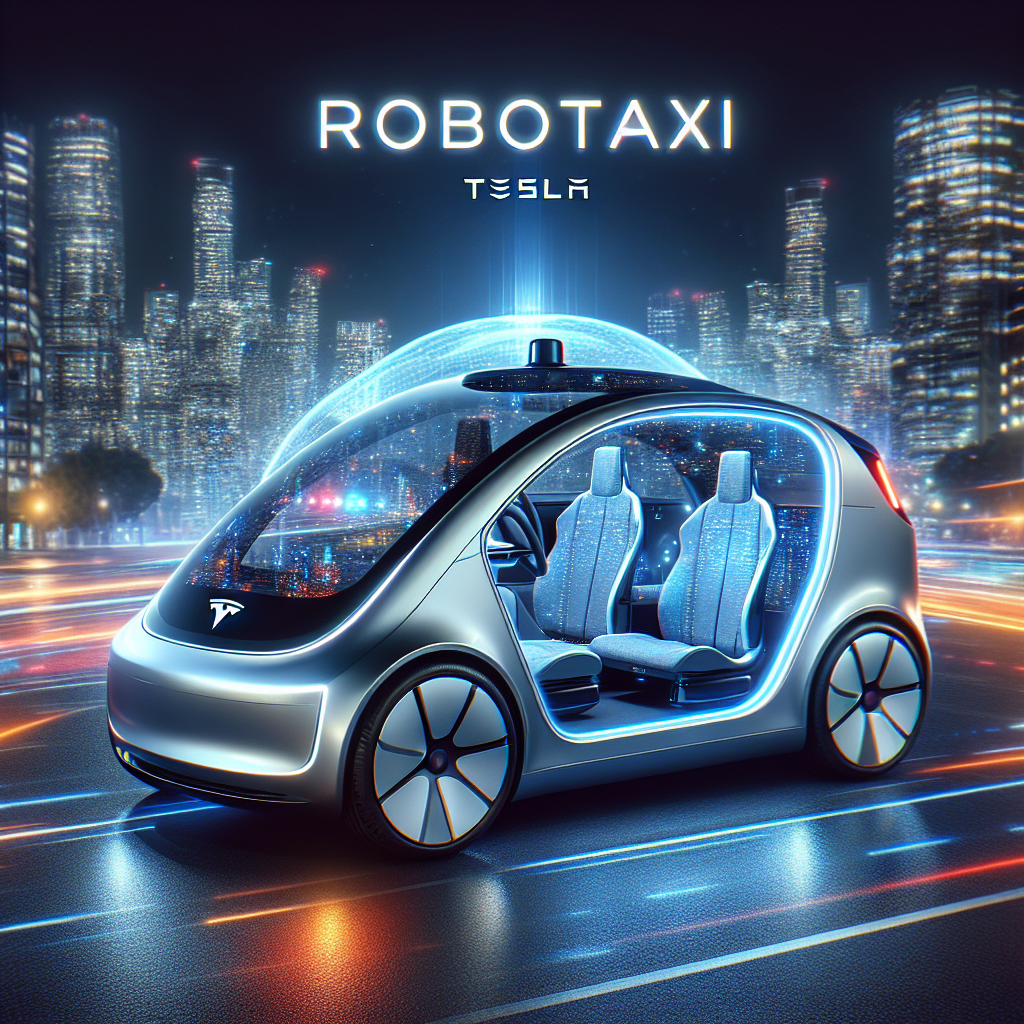Tesla's Robotaxi Revolution: Can AI Steer the Future?
Tesla has launched its first robotaxi service in Austin, Texas, marking a significant step in autonomous vehicle technology. Despite enthusiasm, experts caution against a quick rollout due to technical and regulatory hurdles. Tesla's approach relies on AI and cameras, contrasting with competitors using lidar and radar sensors.

Tesla has made a bold move by debuting its driverless Model Y robotaxis in Austin, Texas. While this marks an advancement into autonomous vehicle technology, experts are urging caution. They claim that scaling the deployment of these vehicles swiftly will be challenging due to technological and regulatory hurdles.
Tesla's approach stands out as it primarily uses cameras and artificial intelligence for navigation, distinguishing it from competitors like Alphabet's Waymo, which rely on radar and lidar sensors. This unique strategy may give Tesla an edge in mass-manufacturing but presents its own set of complexities.
As the tech giant aims for a future with millions of autonomous Teslas, skeptics warn about potential safety issues and public trust. Analysts express concern over Tesla's aggressive timeline and recent legal woes with its Full Self-Driving system. The road ahead may be long, with ongoing scrutiny over its AI-reliant methodology.
(With inputs from agencies.)
- READ MORE ON:
- Tesla
- robotaxi
- autonomous
- AI
- Waymo
- Elon Musk
- Austin
- driverless
- technology
- self-driving










